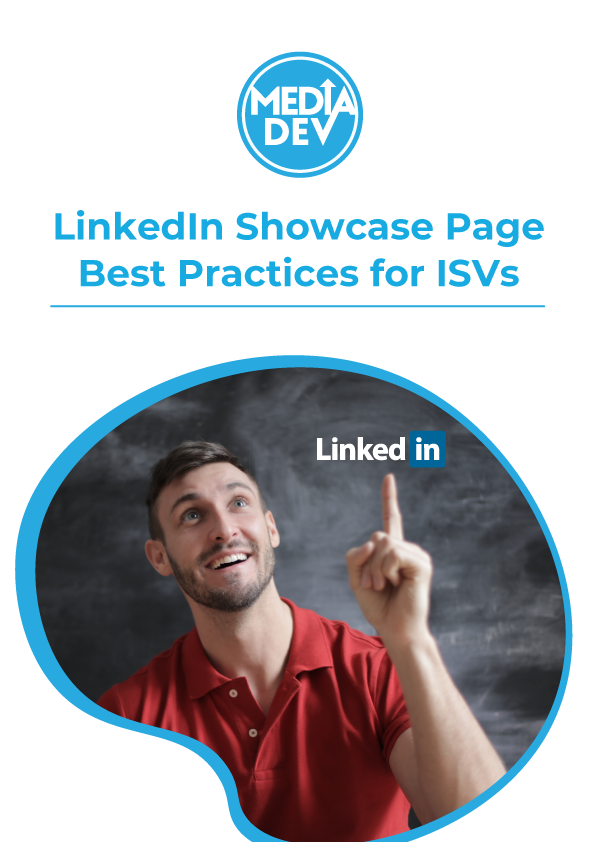In November 2019, Gartner forecast that the public cloud services market would grow from $227.8 billion to $266.4 billion in 2020. In May, however, Gartner revised its 17 percent growth projection to account for the mass exodus to the cloud during the pandemic. Now, it looks like the market will grow 19 percent this year.
It’s not hard to see what drove the growth. Stay-at-home orders in response to the coronavirus forced many businesses to establish remote workforces. Cloud solutions give teams the ability to work anywhere with access to the internet. They can log in securely, access corporate applications and data, and communicate and collaborate with colleagues virtually.
Cloud solutions also give companies agility and flexibility. Employees can work from home part-time and go into the office when it’s safe or when needed for essential businesses – and seamlessly pick up where they left off.
But, Are Prospects Wondering If Cloud Is Too Good to Be True?
Even though there’s a definite upside to cloud solutions, especially for businesses that want to continue operations in 2020, prospects may still have reservations. Here are three objections you may encounter and some suggestions for overcoming them:
1. Dollars and Cents
When a prospect first considers the cost of a cloud application, including the subscription, hosting, data storage, they may start to put on the brakes, especially if they are sitting on a fully outfitted on-premises solution.
It falls to you to show that migrating to the cloud will benefit their organization’s bottom line. Cloud services usually include upgrades, patches, and other necessary maintenance, eliminating this burden from your prospect’s in-house IT staff. Furthermore, cloud applications require less hardware on-site, so that burden – and the cost of hardware maintenance, repair, and replacement – are also minimized.
Costs won’t be as easy as comparing apples to apples. Do the math and show your prospect cloud works in their favor in the long run.
2. Cybersecurity
Your prospect may think that hardware and an application installed on it at their facility is more secure than using a vendor’s infrastructure and a Software as a Service (SaaS) solution. They’re probably wrong.
Educate your sales team about the security features of your solution, but also the state-of-the-art security that cloud hosting providers deploy. Provide your prospects with the information they need on the security technology the cloud provider uses, the levels of security that are available, and the physical security the vendor has in place. It’s likely that the technology and systems securing your client’s application and data in the cloud is more robust than what they could afford to deploy on-site.
3. Control and Compliance
Prospects may be concerned that if they use a public cloud, their data could be accessible by the cloud services provider or other users. They may also need to be assured that although they’re using a cloud provider’s infrastructure, their data is still theirs to use, update, access, move or delete. This point may be especially important for prospects to understand if they are subject to the EU’s General Data Protection Regulation (GDPR), the California Consumer Privacy Act, or any of a host of other regulations that legislators are enacting to give consumers control of their personal data.
Talk through the licensing agreement with your prospect to help them understand that they retain control of their data.
Don’t Forget to Mention the Benefits of Cloud Beyond 2020
Although the focus is now on making sure business operations can continue during social distancing related to the pandemic, you should also point out the other advantages that cloud offers your prospects.
Cloud technology is much more scalable than on-premises solutions. As a business grows, extra users or expanded features can be added with a few clicks, rather than with a capital expenditure for more hardware and infrastructure and additional licenses. It also eliminates the risk associated with those investments if it turns out that they aren’t needed in the future.
Align marketing with these facts to educate your audience, give them more confidence in their transition to the cloud – and fuel your business growth.









